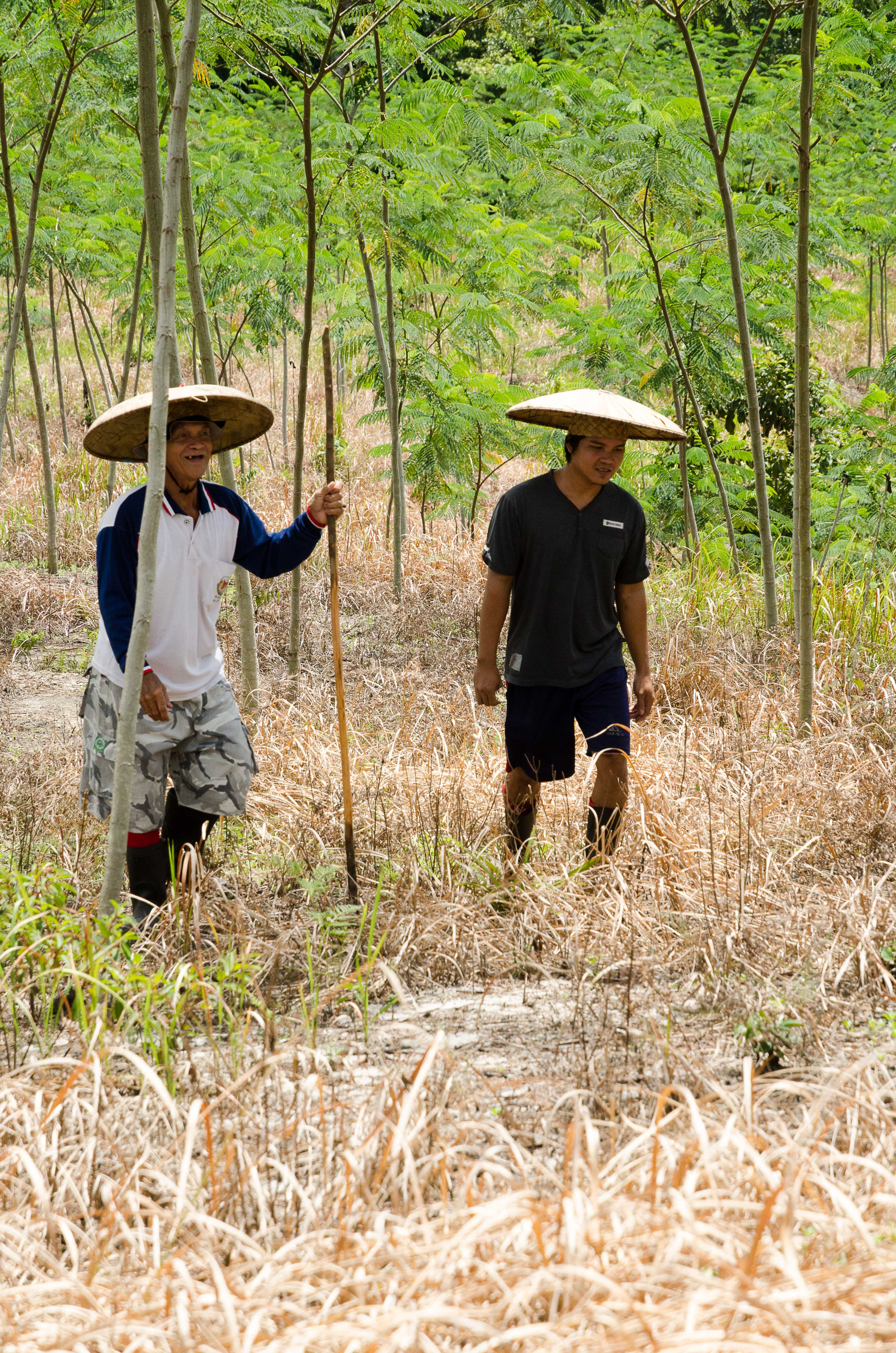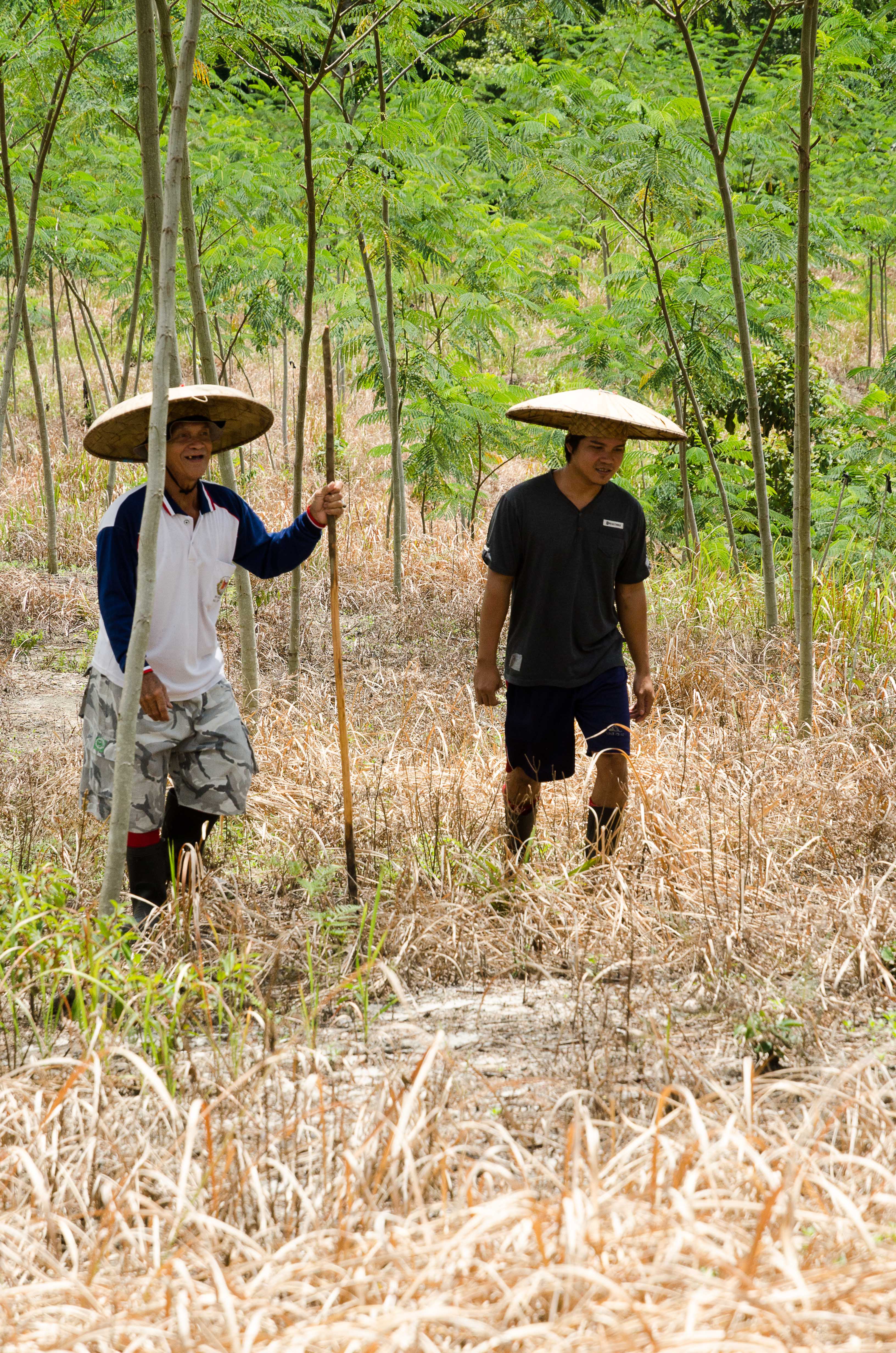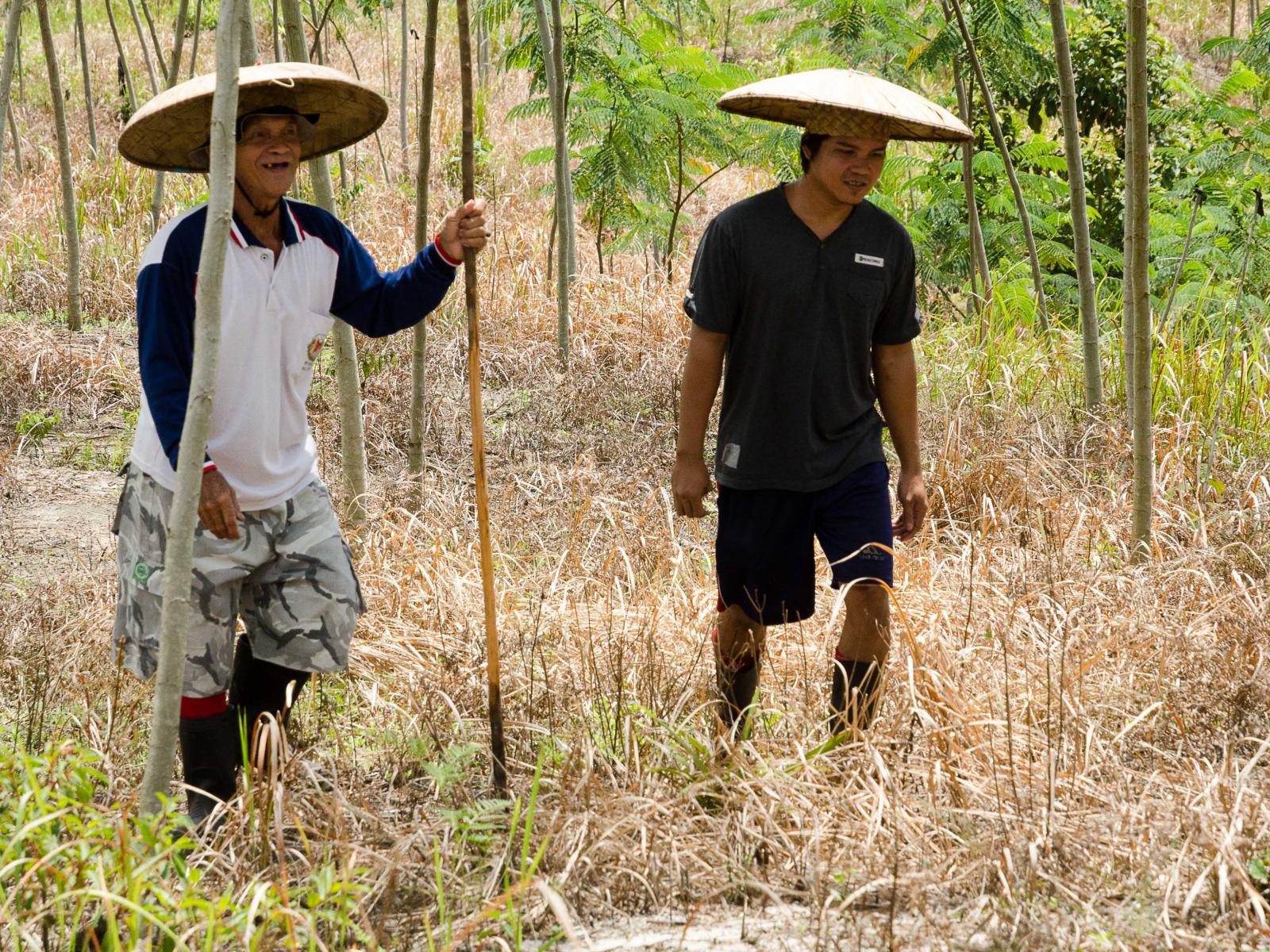An Overview Of Our Solution
- Population Impacted:
- Continent: Asia
Organization type
Population impacted
Size of agricultural area
Production quantity
People employed
Describe your solution
Describe your implementation
External connections
What is the environmental or ecological challenge you are targeting with your solution?
Describe the context in which you are operating
The traditional livelihoods of the local population are swidden-fallow agriculture (also known as or slash and burn), hunting, fishing and foraging in the forest. This livelihood model was sustainable with small population numbers on a completely forested Borneo. Today, more population shares less forest, swidden-fallow cycles are shorter and the forest does not have the chance to regenerate. Government regulations outlaw the burning of the forest without providing alternatives. Game and fish catches are decreasing. Even basic vegetables are imported from other islands. Communities have little access to health and education on site. On paper, the situation looks better, as most people in the project area at least have between 1 and 2 Dollar per day available to them due to sales of rubber (relatively poor). But with further environmental degradation, life in these areas will eventually become unsustainable.
How did you impact natural resource use and greenhouse gas emissions?
Language(s)
Social/Community
Water
Food Security/Nutrition
Economic/Sustainable Development
Climate
Sustainability
The project is now in its 4th year. So far, funding has come from international grants, but this will change over time. The key moment will be the first harvest of timber, which will provide the communities with an income that outweighs the investment needs for replanting by far. In addition, the data and mapping generated by the project so far is an excellent basis for investment-driven expansion. Potential investors could be green investment fonds, individuals or the very timber companies that are interested in a continuous supply. Once a well-running system for investment is in place, the extension and/or renewal of planting areas is relatively easy, as farmers only need external support for their first planting cycle.
Return on investment
Entrant Image

Entrant Banner Image

